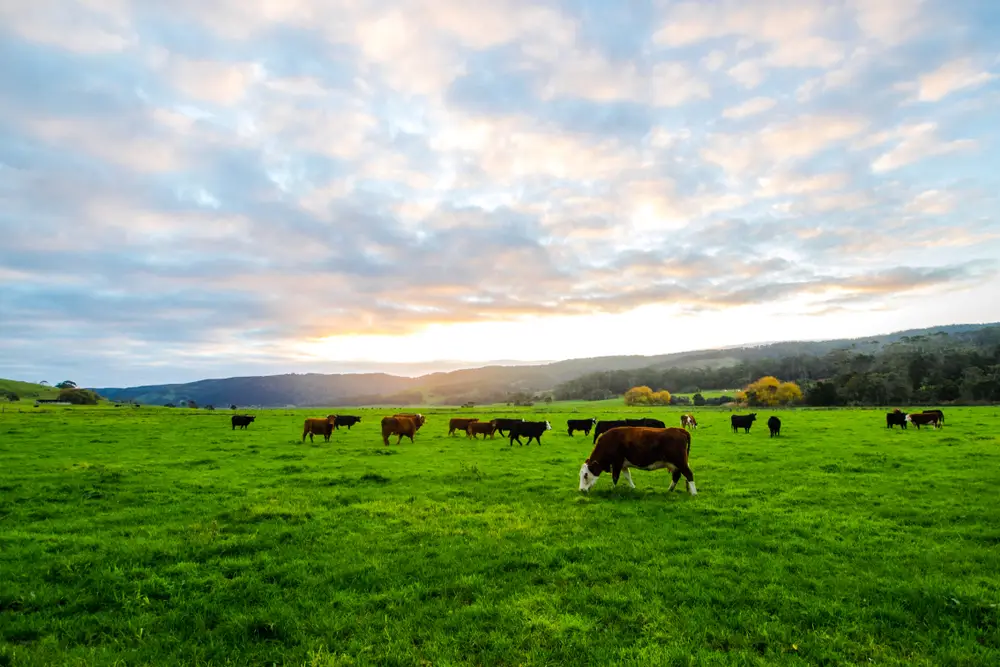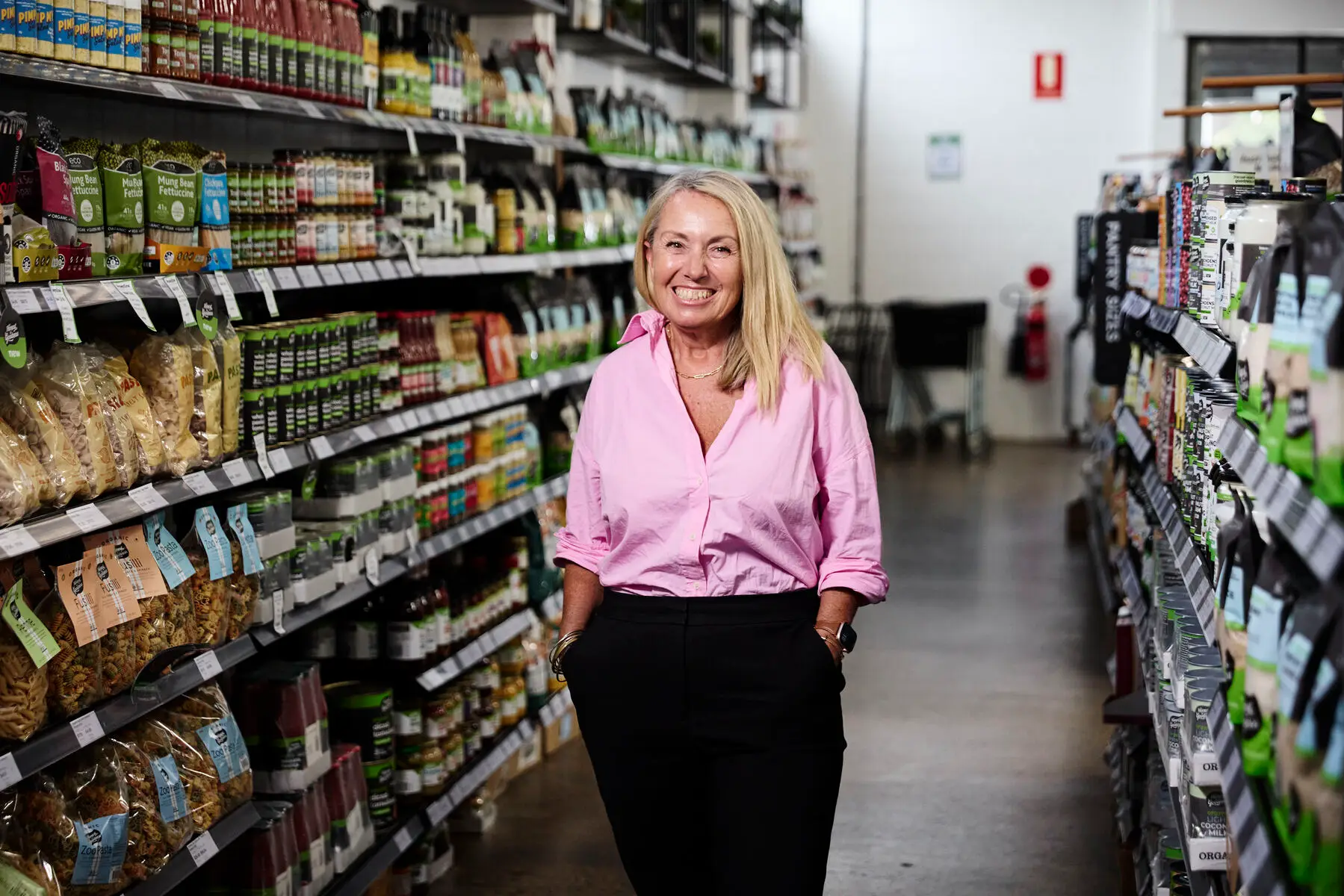Prepare your farm or business better for climate change with two new digital tools released by the Australian Government. Drought affects all agricultural businesses, regardless of organic certification status. ABARES estimate that climate change and increased drought conditions cost Australian farms $30,000 annually. Using technology where possible to minimise the potential damage is therefore paramount.
The Drought Resilience Self-Assessment Tool (DR.SAT) and Climate Services for Agriculture (CSA) platform are a $32 million investment under the $5 billion Future Drought Fund. The tools make climate information more accessible and useful for farmers, industry, and rural and regional communities.
A closer look
The CSA platform provides farmers with historical climate data, seasonal forecasts, and future climate projections at a 5km2 resolution across the country. Climate information for cattle, wheat, sheep, almonds, apples, barley, canola, and lupins is now available.
The DR.SAT is a free tool to help farmers prepare for future drought. Farmers can explore the current and past conditions of their property through satellite imagery and complete simple surveys to assess how they are tracking in terms of financial performance and personal wellbeing.
Pilot regions
There are eight pilot regions trialling this technology:
- Queensland Dry Tropics – including Townsville, Charters Towers and Bowen.
- Condamine and the Northern Tablelands – including Toowoomba and Armidale.
- Victorian Mallee and south-east South Australia – including Mildura, and Horsham.
- Western Australian Wheatbelt – including Northam and Narrogin.
- Tropical North – including Cairns, Darwin, Katherine, and Kununurra.
- Central West New South Wales – including Dubbo, Parkes, and West Wyalong.
- Riverina and Goulburn-Murray – including Shepparton and Griffith.
- Gippsland and Northern Tasmania – including Bairnsdale, Sale, and Launceston.
How can farmers use these programs?
This technology allows farmers to easily assess how the climate variables that matter to their business could change in future. For example, a wheat producer can see how the timing and intensity of seasonal rainfall in their region might change into the future, how that might impact the way they farm, and whether they need to consider changes.
The Future Drought Fund provides $100 million each year for programs that build drought preparedness and resilience. AOL looks forward to other initiatives that can assist organic farmers in this space.
To learn more and try the tools for yourself, go to www.drsat.com.au (DR.SAT) and climateservicesforag.indraweb.io (CSA).
To get involved or find out more, visit: www.agriculture.gov.au/ag-farm-food/drought/future-drought-fund.






